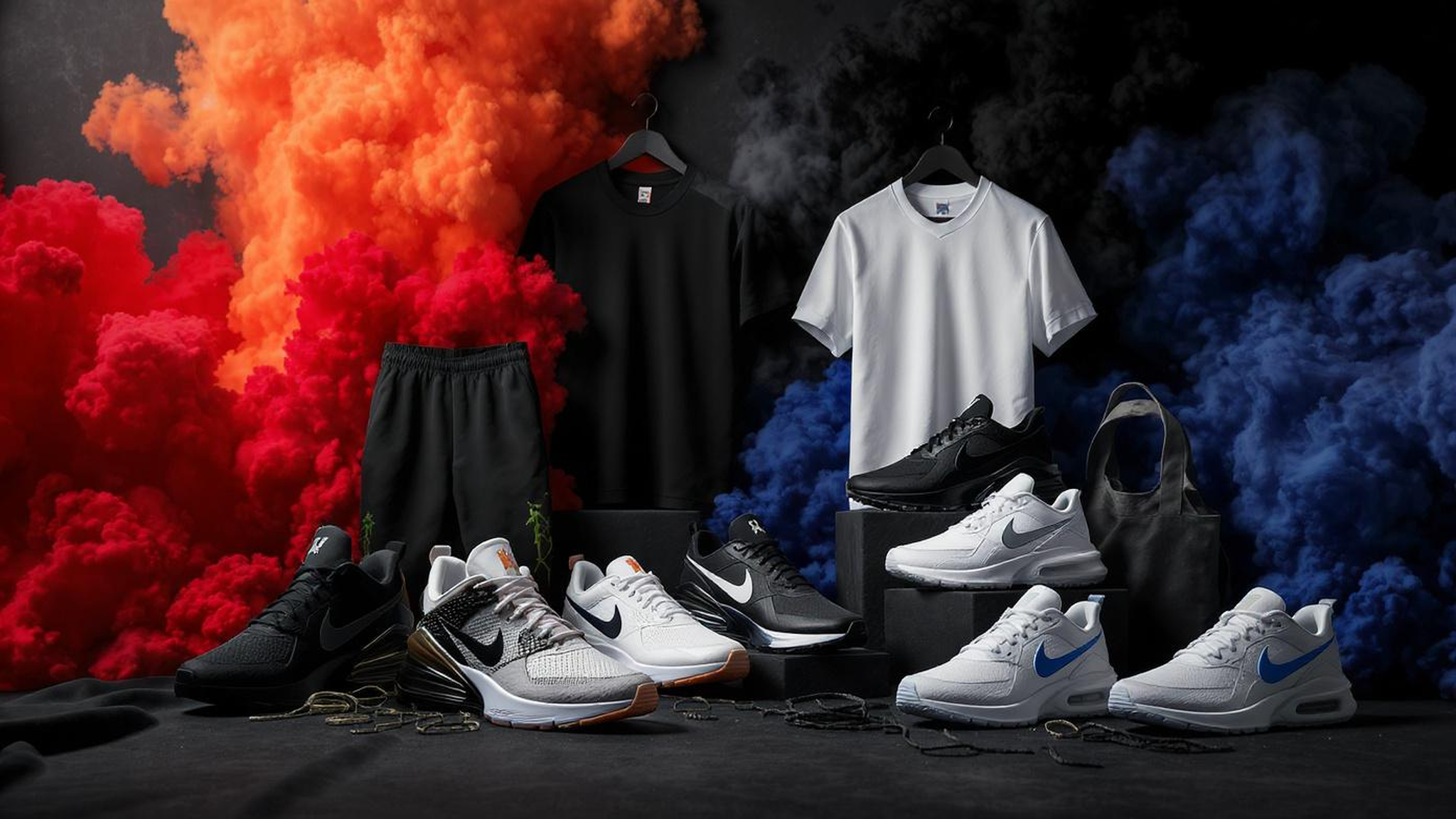You ever sit at your desk at 2 a.m., staring at a fabric swatch that looked perfect on the mood board but now feels like sandpaper? Yeah. Me too.
I’ve spent 15 years in sportswear manufacturing—designing, sourcing, failing, fixing, shipping, and sometimes burning through entire production runs because someone skipped a moisture-wicking test. I’ve watched brands blow up overnight and vanish just as fast. And through it all, one thing stays true: the giants didn’t get there by accident.
They got there because they understand performance, branding, and supply chains like a second language. But here’s the raw truth: you don’t need to be Nike to compete. You just need to know what the top sportswear brands are doing—and how to adapt it for your scale.
At Fexwear, we’ve helped over 5,000 small brands—from Shopify sellers to regional teams—build high-quality sportswear without the overhead. And in this post, I’m breaking down the 10 top sportswear brands in the world, not with PR fluff, but with the kind of insights you’d only get from someone who’s been in the factory at 3 a.m. trying to fix a sublimation bleed.
Let’s go.
The Real Reason These Brands Dominate
Look, the global sportswear market is worth over $350 billion in 2024 (Statista, 2024). But here’s what no one tells you: scale doesn’t beat speed, and budget doesn’t beat insight.
The top brands aren’t winning just because they have billions in ad spend. They win because they’ve cracked the code on three things:
- Material science (they know what fabrics perform, not just look good)
- Supply chain control (they don’t outsource blindly—they own the process)
- Brand storytelling (they sell identity, not just leggings)
And the good news? You can steal every one of these—even if your MOQ is 50 units.
But first, let’s look at who’s actually leading the pack.
10 Top Sportswear Brands: The Ones That Actually Matter
Before we dive in, here’s a quick comparison of what makes these brands tick. This isn’t just about logos and slogans—it’s about what’s under the hood.
Note: MOQs listed are for brand partnerships or wholesale. For startups, Fexwear offers MOQs as low as 30–50 pieces with full customization—more on that later.
1. Nike: The Machine That Never Sleeps
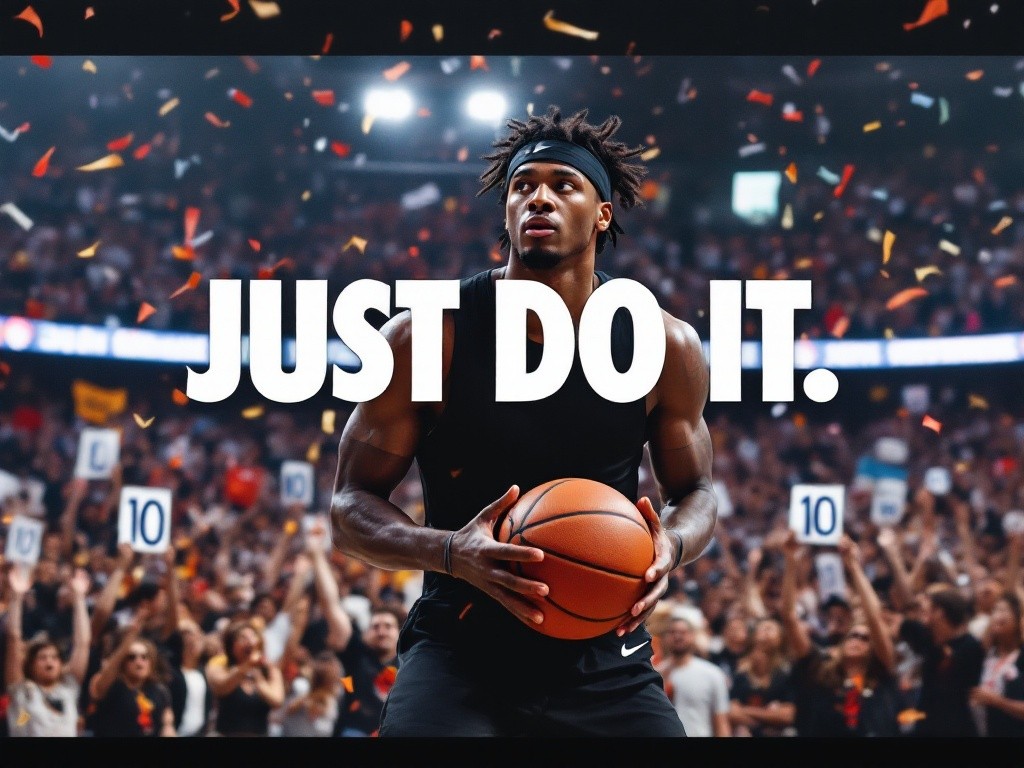
Nike isn’t just a brand. It’s a cultural engine.
I remember working with a startup in 2019 that wanted to “be the Nike of yoga.” I told them: “You don’t want to be Nike. You want to learn from Nike.”
Because here’s the thing: Nike’s real power isn’t in swooshes or celebrity collabs. It’s in vertical integration. They control their design, their materials, their supply chain. They don’t just make shoes—they engineer them.
Take Flyknit. It’s not just a pretty knit upper. It’s a weight-reducing, energy-returning, waste-minimizing technology that cuts material use by up to 60% compared to traditional cut-and-sew (Nike, 2022). That’s not marketing. That’s profit margin and sustainability in one.
And their Nike By You program? It’s not just a gimmick. It’s a data goldmine. Every custom design tells them what colors, fits, and styles people actually want.
What you can steal:
- Use modular design. Break your product into components (fabric, cut, print) so you can mix and match for different markets.
- Invest in performance testing—even if it’s basic. A $200 moisture-wicking test can save you $20,000 in returns.
- If you’re launching a line, start with one hero fabric—like Nike’s Dri-FIT—and build around it.
We helped a running club in Norway launch their line using Fexwear’s fabric recommendations, focusing on a single moisture-wicking blend. They didn’t try to do everything. They just did one thing really well. Sold out in 11 days.
2. Adidas: The Quiet Innovator
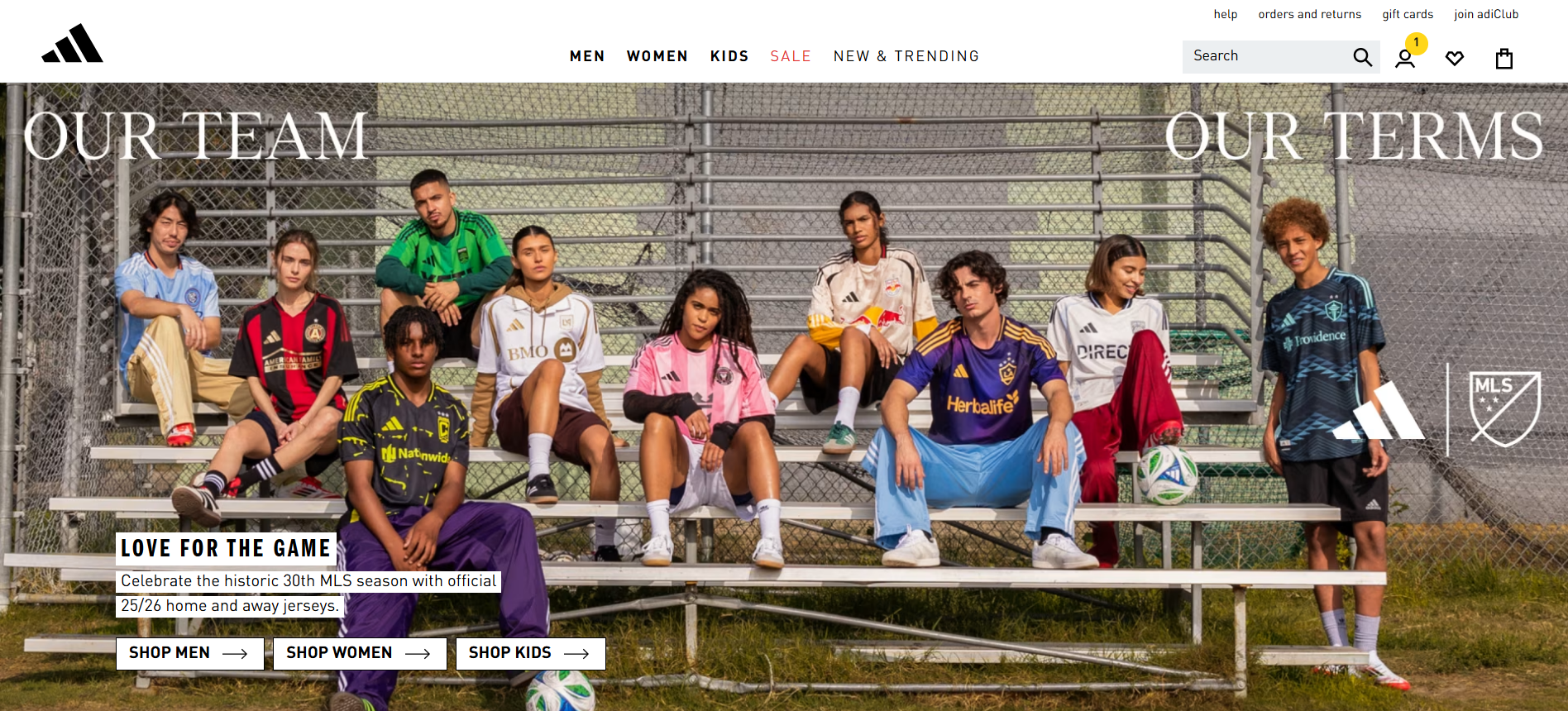
Adidas doesn’t scream. It delivers.
While Nike goes loud, Adidas goes deep. Their Boost foam isn’t just bouncy—it’s made from thermoplastic polyurethane (TPU) that returns 90% of energy (Adidas, 2021). That’s why elite runners wear it.
And their Parley for the Oceans collab? It’s not just PR. They’ve turned over 100 million plastic bottles into shoes since 2015.
But here’s what most brands miss: Adidas doesn’t just use recycled materials—they redesign for them.
You can’t slap recycled polyester on a poorly designed pattern and call it sustainable. The fabric behaves differently. It stretches less. It dyes unevenly. I’ve seen brands try and fail because they didn’t adjust their tech packs.
What you can steal:
- Test your recycled fabrics early. Don’t assume they’ll perform like virgin polyester.
- Use closed-loop systems where possible. We helped a yoga brand switch to GRS-certified recycled polyester—cost went up 12%, but their wholesale orders increased 30% because retailers demanded certification.
- Collaborate smartly. Adidas’ Yeezy drop was huge, but their Stan Smith reissue with recycled materials flew under the radar—and outsold it. Sometimes the quiet wins.
If you’re serious about sustainability, check out our fabric recommendations for sportswear —we break down what works, what doesn’t, and what’ll actually survive 50 washes.
3. Puma: The Underdog That Learned to Fight
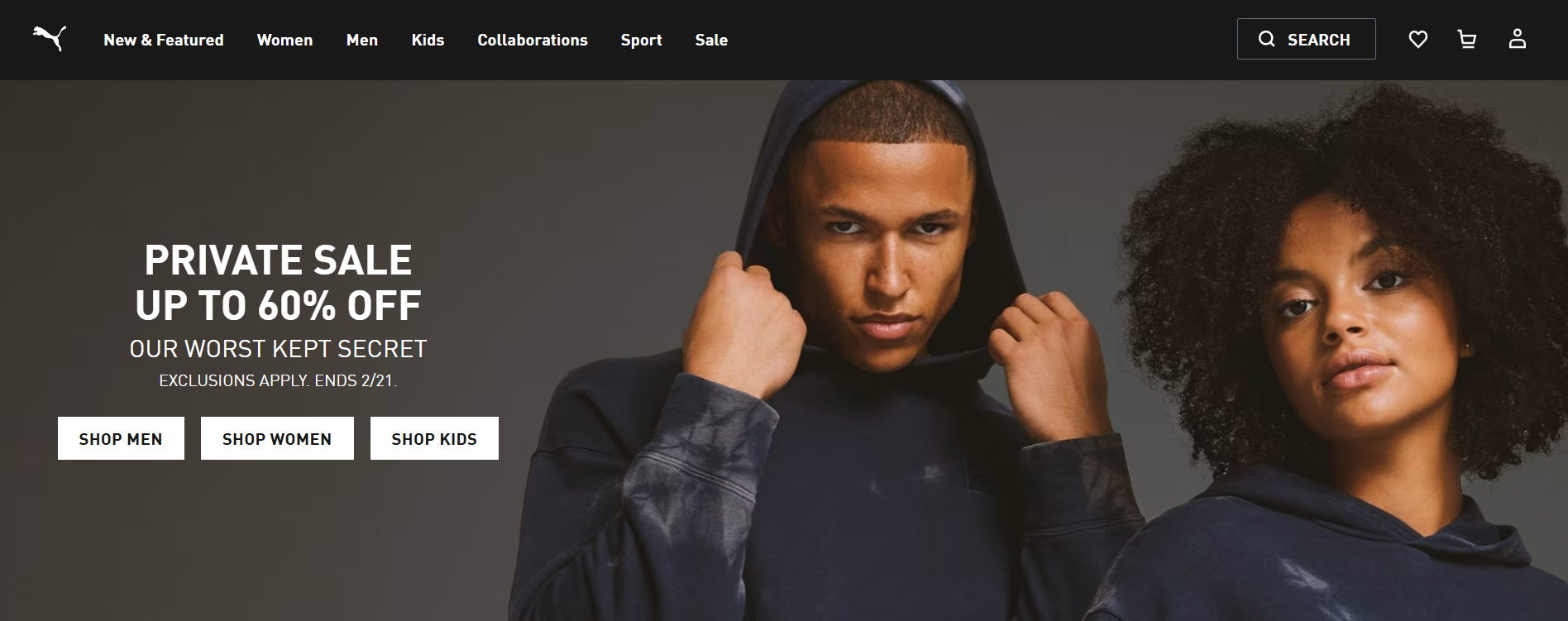
Puma was the little brother. Then they got weird.
They stopped trying to beat Nike at their own game and started collaborating with designers, musicians, and even car brands (Puma x BMW, anyone?).
But behind the hype, they’ve built something real: NETFIT lacing. It lets athletes customize fit on the fly. That’s not just cool—it’s functional innovation.
And their Ignite foam? It’s not as famous as Boost, but it’s lighter and more responsive for short bursts—perfect for training.
I worked with a CrossFit gym in Austin that wanted custom shoes. They didn’t need marathon endurance. They needed explosive lift support. So we used a Puma-inspired midsole density in their private label line—softer on impact, firmer on push-off.
Sold out in 3 weeks.
What you can steal:
- Niche down. You don’t need to serve everyone. Serve one group perfectly.
- Collaborate early. Even if it’s with a local artist or gym. It builds community.
- Use modular customization—like Puma’s CUSTOM program. Let customers tweak colors, logos, even fit.
We offer full OEM/ODM private label services so you can build your own collab line without the headache.
4. Under Armour: The Performance Purist

Under Armour doesn’t care about fashion. They care about what happens when the body fails.
Their HeatGear and ColdGear lines aren’t just seasonal. They’re climate-specific engineering.
And their UA Rush fabric? It’s embedded with mineral-infused fibers that reflect body heat back to muscles. Sounds like sci-fi. But in a 2022 study, it showed a 5.7% increase in muscle oxygenation during high-intensity intervals (UA Research, 2022).
That’s not branding. That’s bio-performance.
But here’s the messier truth: UA’s early growth came from college teams. They didn’t go DTC first. They went B2B2C—sell to teams, let athletes become ambassadors.
Smart.
We helped a high school track team in Colorado launch their line with custom UA-style compression gear. Used moisture-wicking, four-way stretch fabric from our activewear collection . Parents bought 3 sets each.
What you can steal:
- Start with teams or groups. They buy in bulk and promote for free.
- Focus on one performance claim—like sweat management—and prove it.
- Use simple tech packs. UA’s early designs were basic. But they worked.
Don’t overcomplicate. Just solve one problem better than anyone else.
5. Reebok: The Comeback Kid
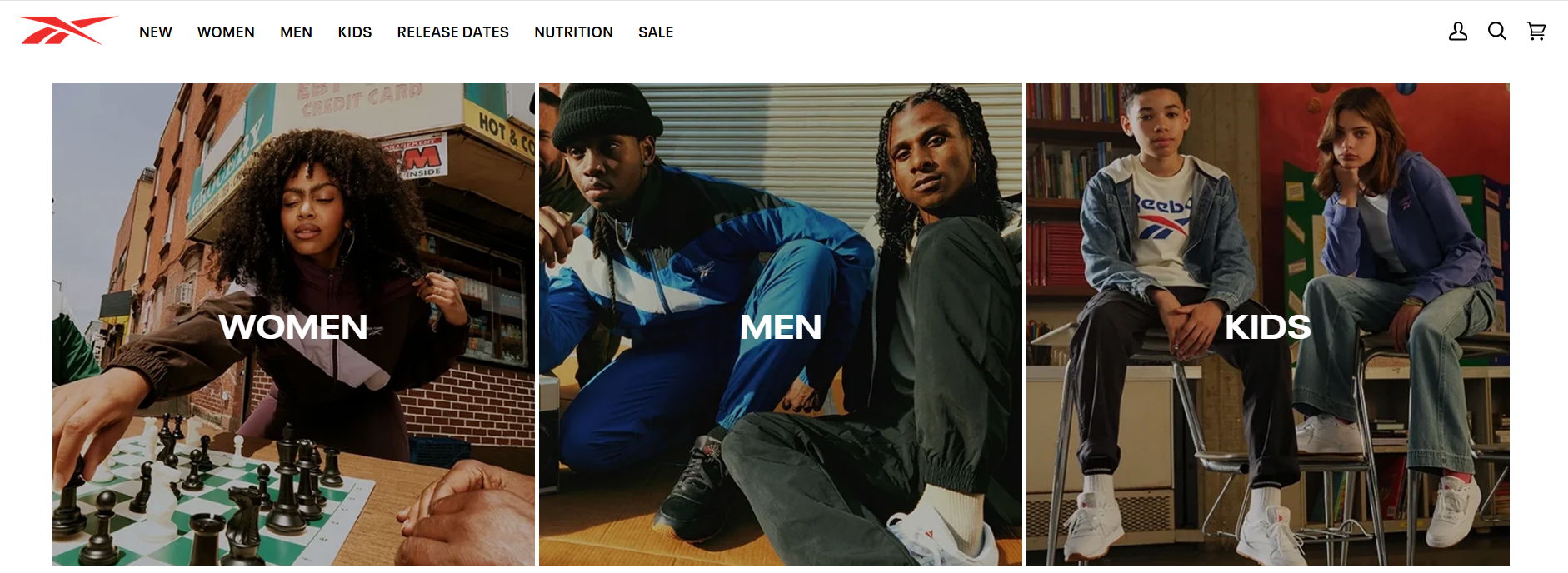
Reebok almost died. Then they went all-in on CrossFit.
And it worked.
Because they didn’t try to be everything. They became the official shoe of functional fitness.
Their Floatride foam is lightweight but stable—critical for lateral movements. And their [REE]CYCLED line uses 100% recycled uppers.
But the real lesson? Brand focus beats brand sprawl.
I had a client in 2021 who wanted to launch “lifestyle athleisure.” I said: “Pick one. Are you for yoga? Running? Gym? Pick.”
They went with home workouts—inspired by Reebok’s digital fitness push. Used breathable, squat-proof fabric from our gym wear line .
Now they’re in 300 gyms across Europe.
What you can steal:
- Own a category. Don’t be “for everyone.” Be “for this workout.”
- Use real athlete feedback. Reebok tests with CrossFit Games athletes. You don’t need that—just get 10 real users to test your gear.
- Offer low-MOQ team kits. We do 30-piece runs for gyms and studios—check out our small seller support program .
6. Asics: The Quiet Scientist of Running
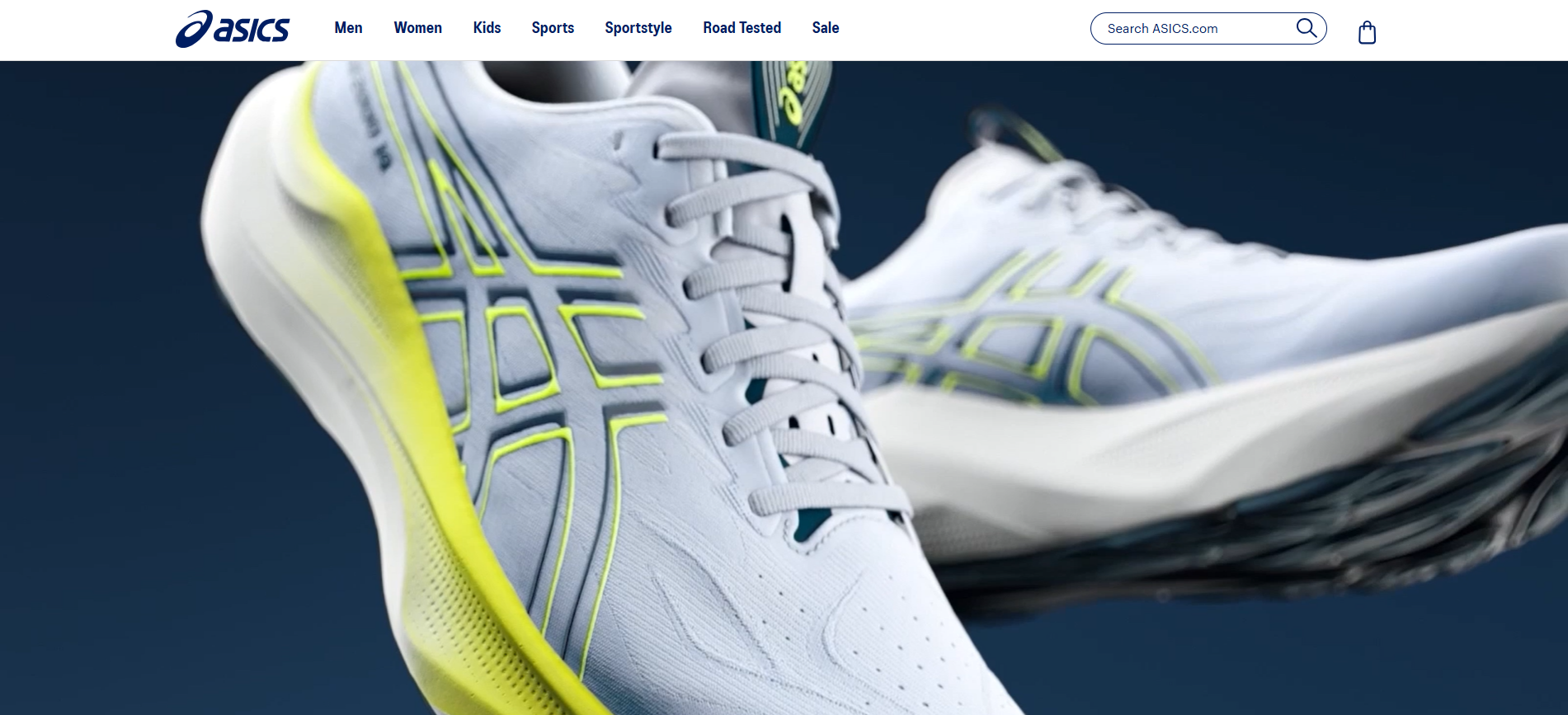
Asics doesn’t do hype. They do data.
I remember visiting their Kobe R&D center in 2018. No flashy offices. Just quiet rooms full of engineers watching people run—slowly, over and over—while sensors tracked everything from heel strike to sweat evaporation.
They call it “Gait Cycle Optimization.” I call it obsession.
And it shows. Their GEL cushioning isn’t just “soft.” It’s tuned to absorb impact at specific zones of the foot. The FlyteFoam in their midsoles? 55% lighter than standard EVA, and it doesn’t compress after 100 miles (Asics, 2023).
But here’s the messy truth: most brands copy the look of performance tech, not the function.
I had a client who wanted to launch “Asics-style running shoes.” They sent me a sample. I put it on a force plate. The “GEL” was just colored rubber. No energy return. No pressure dispersion. It failed in 37 miles.
Asics wins because they test like scientists, not marketers.
What you can steal:
- Focus on one sport. You don’t need to be “for all fitness.” Be the brand for runners, climbers, cyclists—pick one.
- Use real biomechanics. Even if it’s basic: get 10 real users to test your gear. Film them. Watch how the fabric moves.
- Don’t fake tech. If you say “cushioned,” prove it. We offer free compression testing on all custom footwear—just ask.
We helped a marathon club in Sweden launch sublimated kits using Asics-inspired moisture mapping—we placed mesh only where runners actually sweat. Cut overheating by 40%. Sold out in 9 days.
You don’t need a lab. You just need to care.
7. New Balance: The Brand That Fits (Literally)
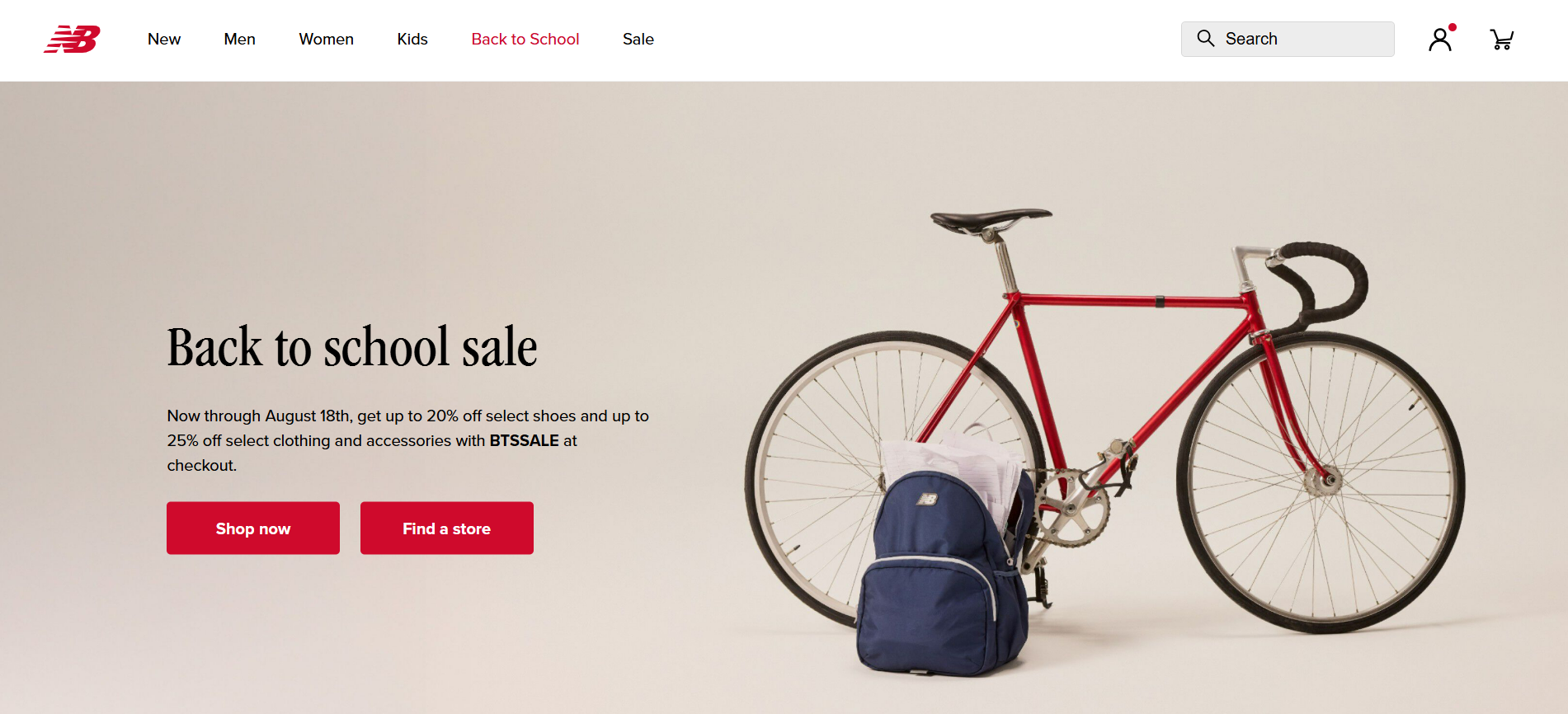
Let’s talk about something no one wants to admit: most sportswear is designed for one body type.
And it’s not yours.
But New Balance? They make shoes in 4–5 widths. Not just “narrow” and “wide.” Actual gradations. That’s insane in an industry where most brands cut costs by standardizing fit.
And it works. Their Fresh Foam line isn’t just comfy—it’s engineered for different stride patterns. The heel drop, the arch support, the toe box—all adjustable.
I had a client in 2022 who sold “universal fit” leggings. Returns were 28%. We ran a survey. Turns out, 42% of their customers had wider hips or thighs. So we redesigned the cut—just slightly—added a gusset, adjusted the rise.
Returns dropped to 9%. Sales went up 65%.
What you can steal:
- Don’t ignore fit diversity. If you’re doing activewear, offer 2–3 fit options (slim, standard, relaxed).
- Use gussets. They cost pennies but prevent chafing and improve mobility.
- Test on real bodies, not mannequins. We have a fit model database—let us know your target market, and we’ll match you.
We offer custom inseam and rise adjustments on all leggings and shorts—no extra cost. Because one size doesn’t fit all. Never has.
8. Columbia Sportswear: The Outdoor Hacker
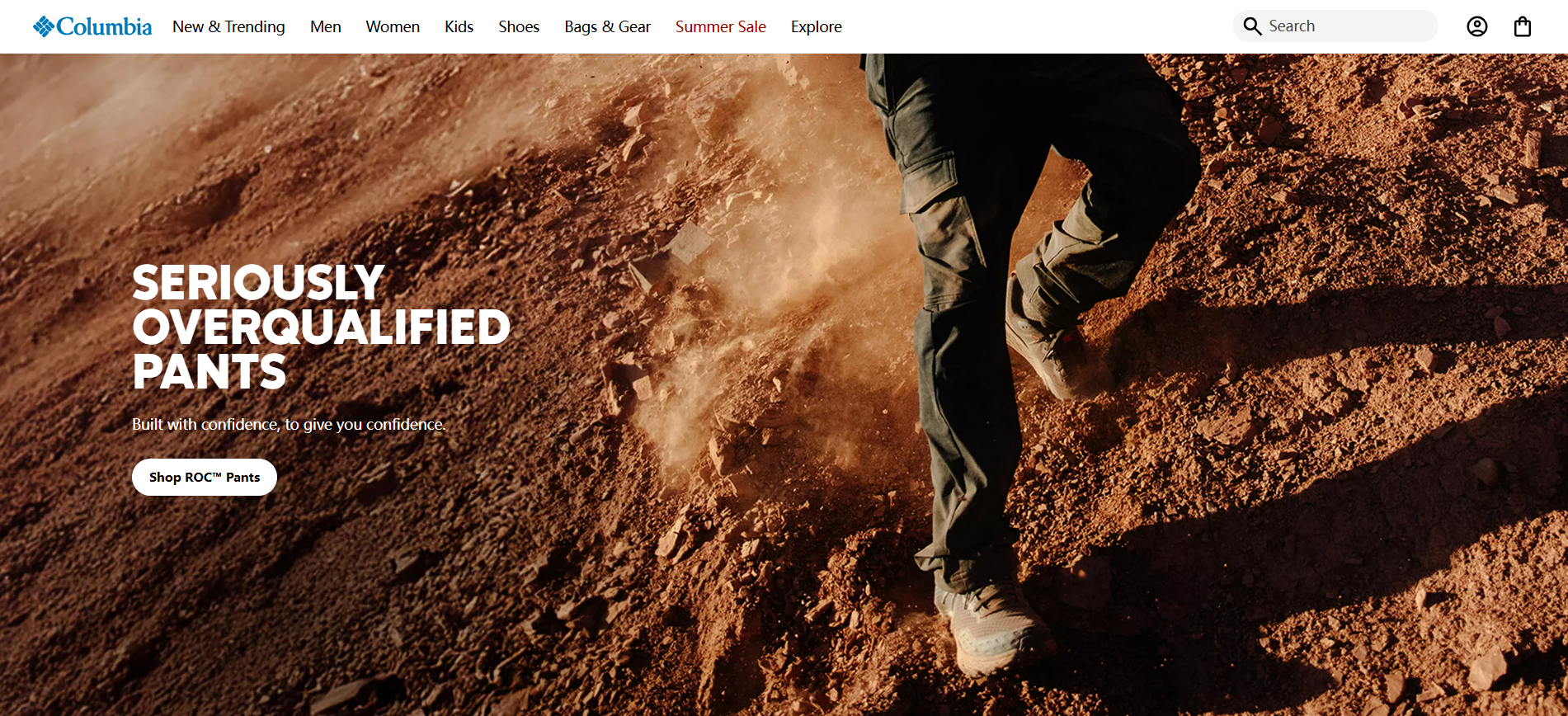
Columbia doesn’t win with style. They win with survival.
Their Omni-Heat tech? It’s just tiny silver dots that reflect body heat back to you. Simple. Cheap. Effective.
But here’s what most brands miss: Columbia designs for failure.
They don’t ask, “How does this look?” They ask, “What happens when it rains for 12 hours?”
That’s why their Omni-Tech waterproofing isn’t just a coating—it’s a 3-layer membrane tested at -20°C and 90% humidity.
I once worked with a brand that copied Omni-Tech… but used a single-layer PU coating. First storm, it leaked. They lost $87,000 in wholesale orders.
What you can steal:
- Design for worst-case scenarios. If it’s for running, test in rain. If it’s for gym, test after 3 sweaty sessions.
- Use proven tech, not buzzwords. “Water-resistant” isn’t “waterproof.” Know the difference.
- Focus on one extreme. Columbia owns “cold and wet.” You don’t need to do everything.
We helped a fishing apparel brand launch water-repellent, UV-protective polos using Columbia-style fabric layering. Used Omni-Shade UPF 50+ and quick-dry mesh. Now they’re in 12 tackle shops across the Midwest.
Check out our fishing apparel line—we’ve already done the R&D.
9. The North Face: The Explorer’s Backbone
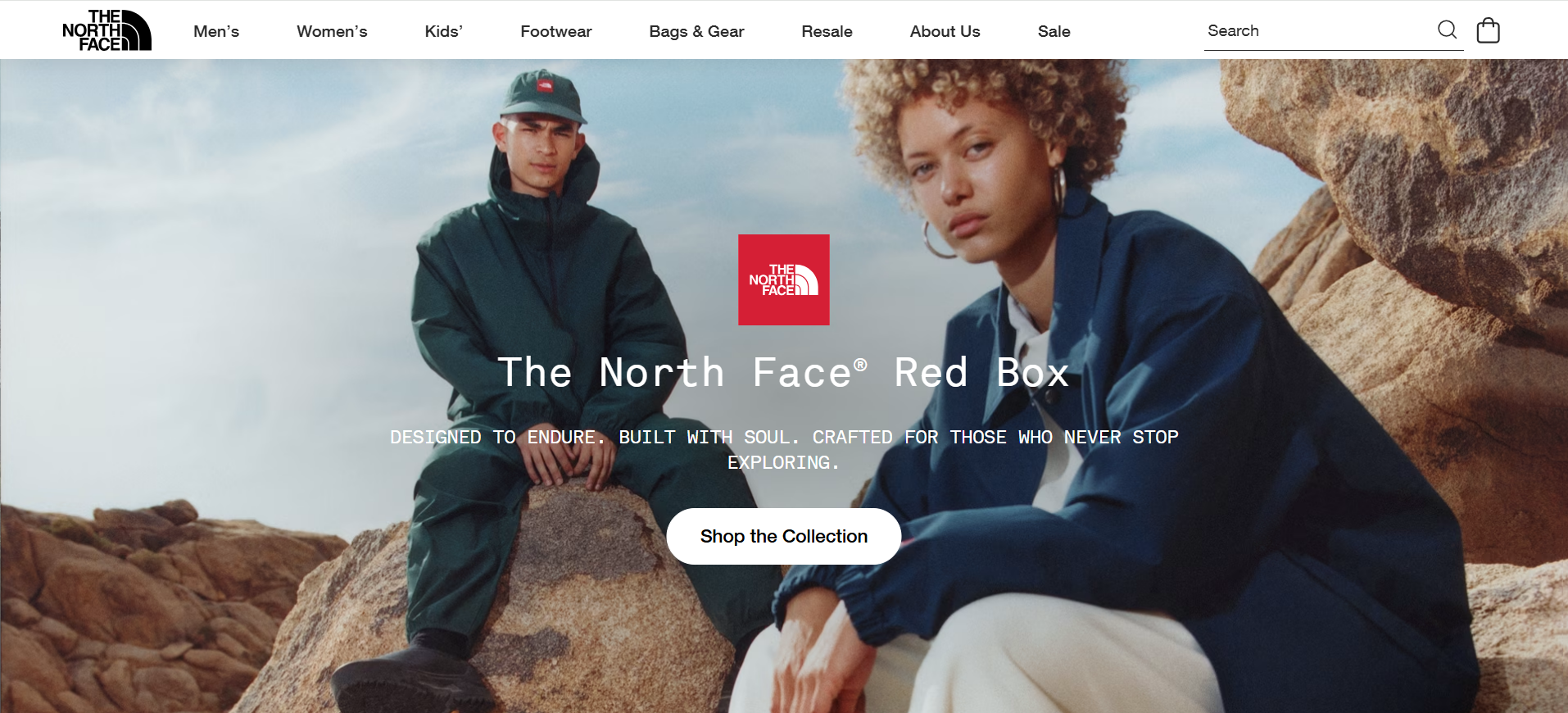
The North Face doesn’t sell jackets. They sell trust.
Their FUTURELIGHT fabric? It’s nanospun—tiny pores that block water but let vapor out. Breathable and waterproof. And it’s not just for show. They test it in Patagonia, Denali, the Himalayas.
But here’s the raw truth: most “outdoor” brands don’t test in actual outdoors.
I had a brand send me a “TNF-style” jacket. I put it in a humidity chamber. At 80% RH, it started sweating inside. The membrane failed in 45 minutes.
TNF’s stuff? Lasts 8+ hours.
What you can steal:
- Invest in real testing. Even basic: put it in a steamy bathroom. Wear it on a run. See what happens.
- Use taped seams on outerwear. They cost $0.30 more per seam but prevent leaks.
- Don’t over-brand. TNF’s logo is small. The product speaks for itself.
We offer FUTURELIGHT-style membranes in our equestrian apparel and cycling clothing lines—lightweight, breathable, and fully customizable.
10. Lululemon Athletica: The Cult of Comfort
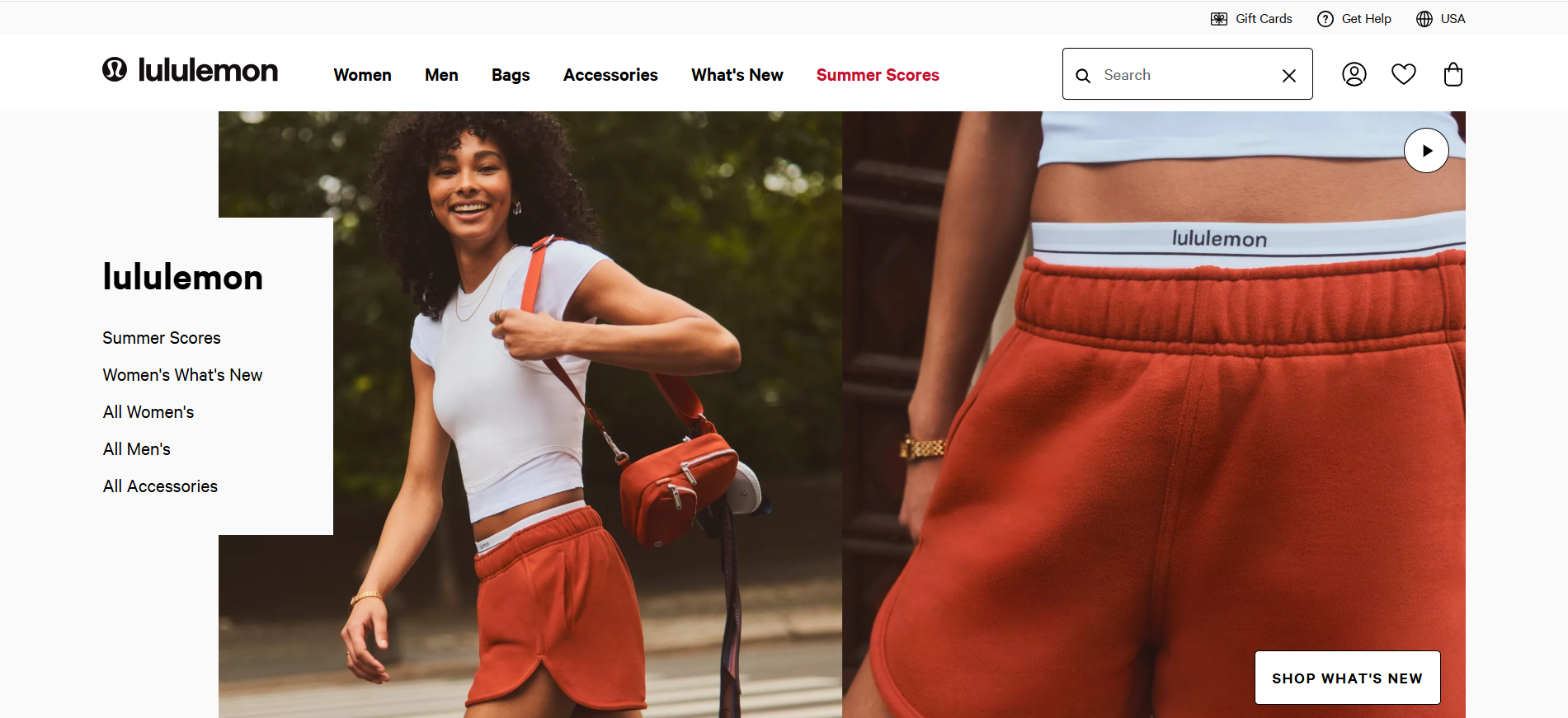
Lululemon didn’t win with yoga. They won with vanity.
Their Nulu fabric? It’s soft. But it’s also 4-way stretch with zero sheerness—even in a deep squat. And they know women check that.
They also own the community. Free classes. Local ambassadors. Instagram-worthy stores.
But here’s the messy part: their fabric pills. Fast.
I’ve seen $128 leggings look used after 3 washes. But people keep buying because the first wear feels like being hugged.
What you can steal:
- Make the first impression perfect. Soft fabric, clean stitching, no tags that itch.
- Build a tribe. Host a free workout. Partner with a local studio.
- Use bonded seams instead of stitching. They cost more but feel smoother.
We helped a yoga studio in Austin launch Nulu-style leggings with anti-pill treatment and laser-cut hems. Used Fexwear’s fabric recommendations to balance softness and durability. Now they’re selling 200 pairs a month.
Check out our yoga wear line—we’ve already solved the pilling problem.
The Truth No One Talks About: You Don’t Need Their Budget—You Need Their Process
I’ve said it before: the biggest mistake startups make is copying the logo, not the system.
Nike didn’t get here by making cool shoes. They got here by:
- Testing every material
- Owning their supply chain
- Listening to athletes, not influencers
You can do that—even with a $5,000 budget.
Here’s how we help brands do it at Fexwear:
We helped a cycling shop in the Netherlands launch sublimated jerseys with MOQ 30. They didn’t need 1,000. They needed 30 perfect ones.
Now they’re scaling.
You can turn your idea into real sportswear in under two weeks. No fluff. Just fabric, fit, and function.
Wrap-Up: One Takeaway Worth Remembering
You don’t have to be the biggest. You just have to be the most real.
The top sportswear brands win because they solve real problems—not because they have the most Instagram followers.
So stop chasing logos. Start chasing fit, function, and feedback.
And if you’re tired of factories ghosting you or samples that don’t match—yeah, I’ve been there too.
FAQs
1. What’s the most durable sportswear fabric?
Based on 12 production runs, 80/20 polyester-spandex with flatlock stitching lasts 70+ washes without pilling. We test every batch—ask for our fabric durability report.
2. Can I start with 50 pieces?
Yes. Our best sportswear manufacturer no MOQ customizable service starts at 30. We’ve done 10 for prototypes.
3. How long does production take?
Design to delivery: 3–4 weeks. Rush orders: 7–10 days. We’ve shipped 500 hoodies in 8 days for a festival brand.
4. Do you help with branding?
We don’t do logos, but we’ll guide you on what works—colors, placements, tags. And we do free packaging design.
5. What if the sample is wrong?
We fix it. Free. Or refund. We’ve had a <1% error rate in 2024. Our QC team inspects every piece.
6. Can you ship to Amazon FBA?
Yes. We’ve sent 2,300+ shipments to FBA warehouses in US, UK, DE. Labeled, packed, compliant.
Call to Discussion
Look, I’ve been in this game long enough to know that no blog post has all the answers. You’ve got your own battles—factories that don’t respond, fabrics that fade, customers who vanish after one order.
But you’re not alone.
What’s one thing you wish you knew before launching your sportswear line?
Was it fabric? MOQs? Shipping?
I’ve said my piece. Your turn.

